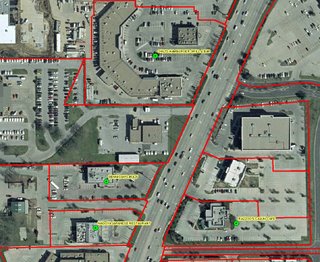This is an intriguing position. As gleaned from the job posting, the Lehman Social Sciences Library has two professional GIS positions: the GIS/Map Librarian and the currently available position, GIS/Metadata Librarian.
This position will focus on the cataloging/metadata maintenance and distribution of geospatial data. That is a wonderful setup that I am envious of as I think of the fantastic spatial catalog we can build if we had someone devoted entirely to it's development and maintenance. It is possible... This prompts me to draft a request for a new professional position or perhaps a professional.
Here are some snippets:
- "Work with colleagues from a variety of Library, IT, academic departments and University institutes in the design and creation of a searchable and easily accessible spatial data catalog that allows for remote access to spatial data collection."
- "Work with the GIS/Map Librarian and the Head of EDS to provide reference services, outreach and instruction in EDS. This includes: providing one-on-one consultations, assisting in instruction sessions, and training student assistants working in the unit."
- Requirements: "MLS or equivalent combination of education and experience. Demonstrated proficiency with: GIS software, spatial data, FGDC and ISO metadata standards, and database design."
We offer excellent benefits including 100% Columbia tuition exemption for self and family and assistance with University housing. Columbia will also pay 50% tuition for your dependent child who is a candidate for an undergraduate degree at another accredited college or university.




